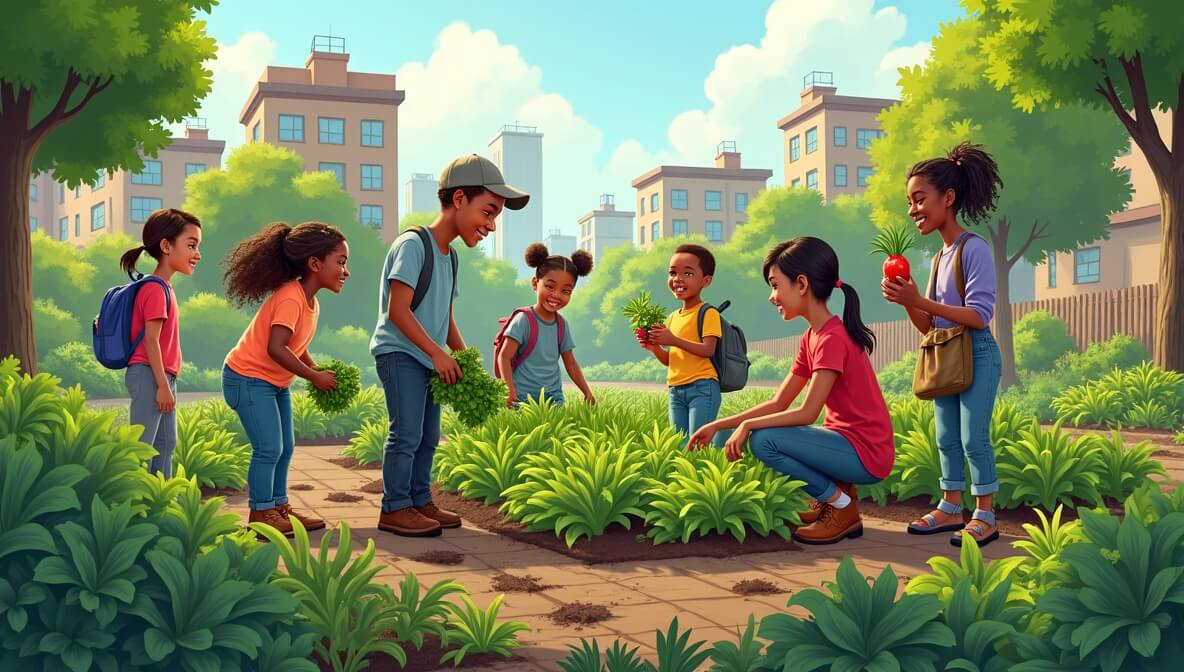September 08, 2025

In many urban and low-income neighborhoods, access to fresh, nutritious, and affordable food remains a serious challenge. Often referred to as food deserts, these areas are characterized by limited availability of healthy food options—especially fruits and vegetables—within walking distance.
In response, community gardens have emerged as a powerful grassroots solution. These shared green spaces do much more than grow food—they empower residents, build social ties, and transform neglected urban land into hubs of health, learning, and resilience.
Food insecurity—the lack of consistent access to sufficient, nutritious food—affects millions worldwide and is especially prevalent in economically disadvantaged urban areas. Families in these neighborhoods often rely on convenience stores or fast-food outlets where fresh produce is scarce and expensive.
For a deeper dive into the realities of food insecurity, visit What Is Food Insecurity and Who Does It Affect?.
At their core, community gardens are people-centered spaces. They bring together individuals from different cultures, generations, and backgrounds to work toward a common goal.
According to the American Community Gardening Association, gardens have been shown to improve neighborhood cohesion and contribute to safer, more vibrant communities.
Community gardens are natural learning environments—especially for young people who may not otherwise have access to hands-on science or environmental education.
For other community-based educational initiatives, check out Encouraging a Love of Reading in Children.
Urban community gardens not only support human health—they also contribute to a healthier planet. These green spaces serve as pockets of environmental stewardship in cities dominated by concrete and pollution.
For more eco-friendly lifestyle ideas, explore Sustainable Living: Small Changes, Big Impact.
In addition to food and connection, community gardens can be launchpads for economic empowerment. Many evolve into social enterprises or cooperatives, offering ways for residents to earn income.
The FAO – Urban Agriculture highlights how urban food production contributes to local economic development and resilience, particularly in times of economic hardship or supply chain disruption.
Whether you have a green thumb or not, there are many ways to contribute to the success and spread of community gardening initiatives.
Community gardens are so much more than plots of soil—they’re platforms for well-being, equity, education, and regeneration. In the face of food deserts, social isolation, and environmental degradation, these gardens offer tangible, local solutions. By supporting or participating in community gardens, you become part of a movement that cultivates not just food, but also hope, health, and a sense of belonging.
Stay up to date with the latest tips, expert insights, product reviews, and step-by-step guides to help you grow, create, and succeed—no matter your industry or passion.